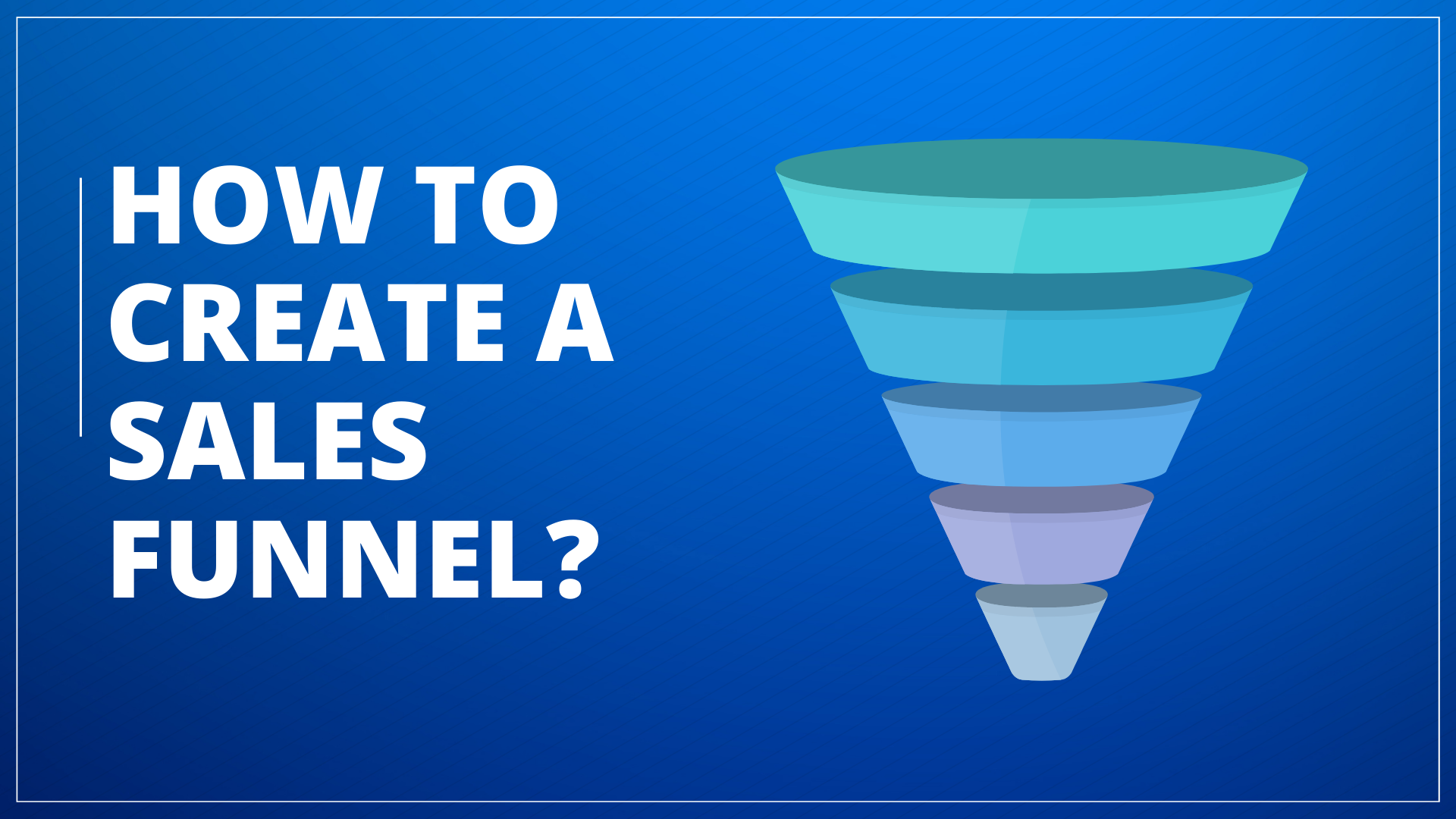
Introduction
In the world of marketing, a sales funnel is a critical concept that helps businesses maximize their customer acquisition and conversion rates. Essentially, a sales funnel is a step-by-step process that guides potential customers through the journey from awareness to making a purchase. In this article, we will delve into the definition of a sales funnel and explore a comprehensive step-by-step guide on how to create one for your business.
Defining a Sales Funnel
Before we dive into the process of creating a sales funnel, it’s important to understand what exactly it is. A sales funnel is a visual representation of the customer journey, illustrating the different stages a potential customer goes through before making a purchase. It consists of several distinct stages, each with its own unique goals and strategies to fuel the progression towards conversion.
Step-by-Step Process to Create a Sales Funnel
1. Understanding Your Target Audience
To create an effective sales funnel, you need to have a deep understanding of your target audience. Start by conducting thorough market research to identify your ideal customers’ pain points, desires, and demographics. This information will help you tailor your marketing messages and strategies to resonate with your target audience.
Callout: Take the time to gather insights about your target audience. By understanding their motivations and requirements, you can craft a sales funnel that speaks directly to their needs.
2. Creating Awareness
The first stage of the sales funnel is creating awareness. This is where you introduce your brand and products/services to your target audience. Utilize various marketing channels such as social media, content marketing, search engine optimization, and advertising to generate awareness and attract potential customers.
Callout: Think of this stage as casting a wide net. Your goal is to capture the attention of as many relevant individuals as possible and make them aware of your brand’s existence.
3. Generating Interest
Once you have captured the attention of potential customers, it’s time to nurture their interest. Provide them with valuable content through blog posts, videos, or emails that address their pain points and offer solutions. This is an opportunity to showcase your expertise and build trust with your audience.
Callout: Remember, at this stage, you don’t want to hard sell. Instead, focus on building a relationship and engaging with your potential customers through meaningful and informative content.
4. Driving Consideration
At this stage, your potential customers have shown interest in your brand and offerings. Now it’s time to persuade them to consider making a purchase. Provide them with compelling offers, such as free trials, discounts, or exclusive content, that incentivize them to take the next step towards conversion.
Callout: Highlight the unique value proposition of your products or services. Show them how you can solve their problem better than anyone else in the market.
5. Facilitating Decision-making
Once your potential customers are considering a purchase, it’s important to make the decision-making process as smooth as possible. Optimize your website and product pages to provide clear and concise information, as well as seamless navigation. Incorporate customer reviews and testimonials to build trust and address any doubts or objections they may have.
Callout: Simplify the decision-making process by removing any obstacles or uncertainties. Make it easy for customers to find information and complete their purchase.
6. Encouraging Action
The final stage of the sales funnel is encouraging your potential customers to take action and make a purchase. Offer limited-time promotions, create a sense of urgency, or provide additional incentives to motivate them to convert. Streamline the checkout process and ensure it is hassle-free.
Callout: Leverage persuasive techniques like scarcity or social proof to incentivize immediate action. Make it a seamless experience for customers to complete their purchase.
Conclusion
Creating an effective sales funnel is a crucial aspect of any successful marketing strategy. By implementing the step-by-step process outlined in this article, you can optimize your customer acquisition and conversion rates. Remember, understanding your target audience, nurturing their interest, and making the decision-making process easier are key elements in building a successful sales funnel. So, go ahead and start crafting your sales funnel today to drive growth and maximize your business’s potential.
